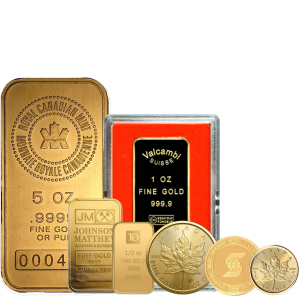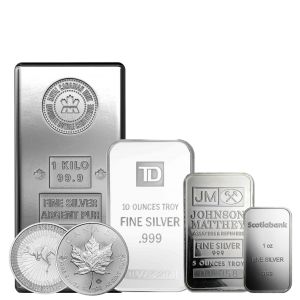

Back
Tracing the History of the Iconic Gold Panda Coin
August 21, 2024
Tracing the History of the Iconic Gold Panda Coin
Origins of the Gold Panda Coin
In the history of Chinese numismatics, the year 1982 marks a significant turning point with the introduction of the Gold Panda coin. This well-known coin was meant to increase awareness of China's rich cultural legacy and help the nation's position in the global precious metal market be strengthened. The People's Bank of China was the one who developed it and identified the possibilities of gold as an investment and cultural ambassador.
The panda is the perfect emblem for a coin that would appeal to both domestic and foreign investors because of its great popularity and national treasure designation. Once the Shenyang Mint unveiled the Gold Panda, it became rather well-liked among collectors and investors. Its yearly variation in design distinguishes it from other bullion coins and fosters expectation as well as overall cumulative value. The fact that the Chinese government decided to create these coins in weights ranging from 1/20 ounce to 1 ounce made them accessible to a wide spectrum of consumers, which helped to explain the explosive increase in value these coins have observed throughout the globe. As it is made of 99.9% pure gold , it is a real way to keep your money safe.
What Does the Panda Design Mean?
Long ago, the giant panda was used to represent China's peace and kindness. Because of its submissive nature and gorgeous black-and-white appearance, it is well-known all over the world. As a sign of peace and friendship, China's gold coins feature the panda. This coin's image of the rare giant panda draws attention to China's attempts to protect animals. An artist from Shanghai named Chen Jian was the one who originally thought up the idea for the gold coin that depicts a panda.
Overview of the Gold Panda Highlights
The People's Bank of China introduced the Gold Panda currency in 1982, marking the beginning of China's participation in the international market for precious metals. A total of 16,000 one-ounce coins were made. Its initial success contributed to China's rise to prominence as a bullion coin giant. The American Numismatic Association also named it "Coin of the Year" after its first year of circulation because of how well it did at the start.
The Gold Panda was distinguished from other bullion coins by the fact that it underwent yearly design revisions during the 1980s and 1990s. Its collectible value grew because of this method, which also initiated a trend in numismatics. The reverse design, on the other hand, undergoes updates annually. You can get a panda with a mother and her cub (2004), three adult panda bears (2013), or just one panda. No matter what picture it is, the pandas are always shown as the cute, loving, and playful animals that they are.
The Gold Panda coins made the transition from troy ounces to grams during the year 2016. Shanghai Mint made coins in 1, 1⁄2, 1, 1⁄4, and 1⁄10-ounce sizes during the first year of the series. The modification also made the Gold Panda more accessible on a global scale, which contributed to the increase in its popularity all over the world.










